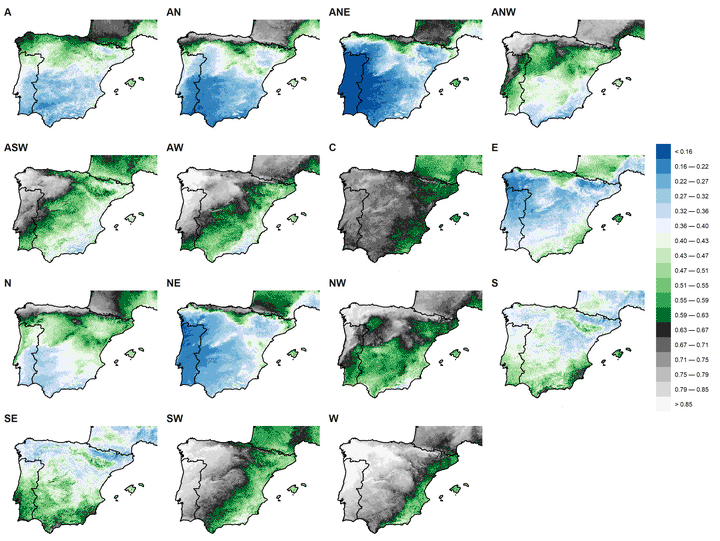Spatio-temporal variations of cloud fraction based on circulation types in the Iberian Peninsula

Abstract
This paper presents the first systematic study of the relationships between atmospheric circulation types (CT) and cloud fraction (CF) over the whole Iberian Peninsula, using satellite data from the MODIS (MOD09GA and MYD09GA) cloud mask for the period 2001-2017. The high level of detail, in combination with a classification for circulation patterns, provides us with relevant information about the spatio-temporal variability of cloudiness and the main mechanisms affecting the genesis of clouds. The results show that westerly CTs are the most influential, followed by cyclonic types, in cloudiness in the west of the Iberian Peninsula. Westerly flows, however, do not affect the Mediterranean coastline, which is dominated by easterly CTs, suggesting that local factors such as convective processes, orography and proximity to a body of warm water could play a major role in cloudiness processes. The Cantabrian Coast also has a particularly characteristic cloudiness dominated by northerly CTs. In general, the results found in this study are in line with the few studies that exist on cloudiness in the Iberian Peninsula. Furthermore, the results are geographically consistent, showing links to synoptic forcing in terms of atmospheric circulation patterns and the impact of the Iberian Peninsulas complex orography upon this element of the climate system.